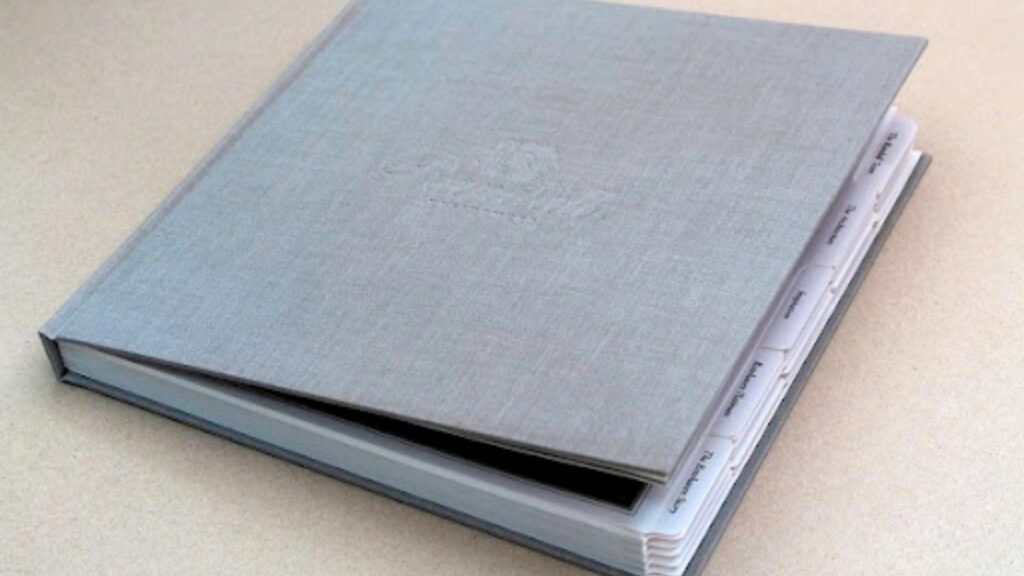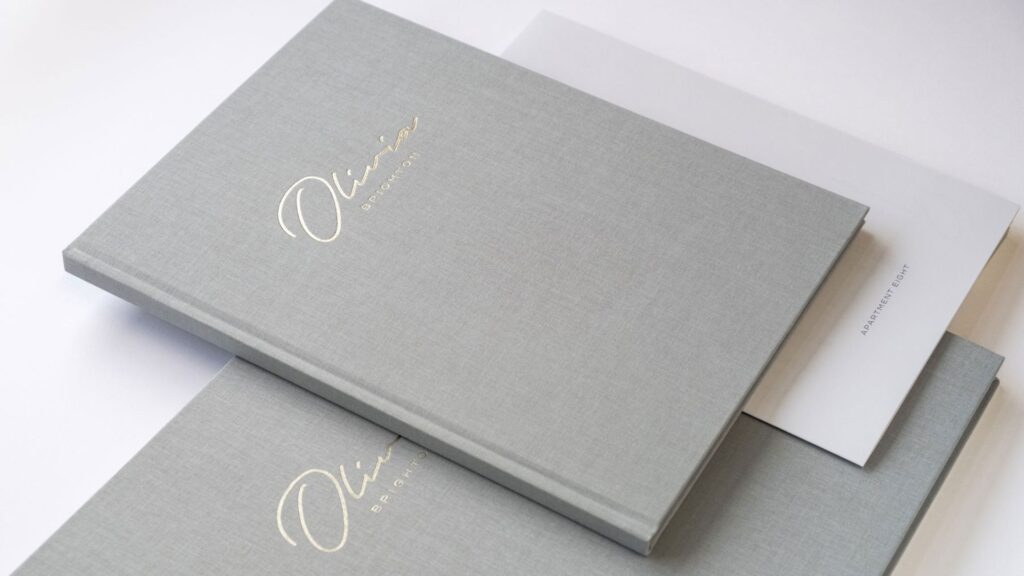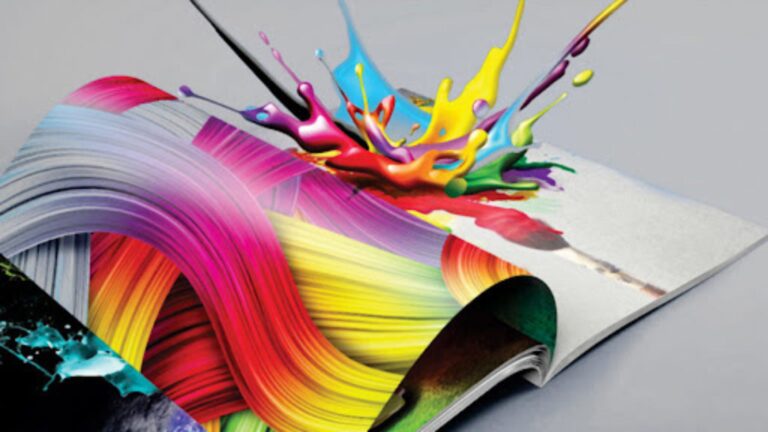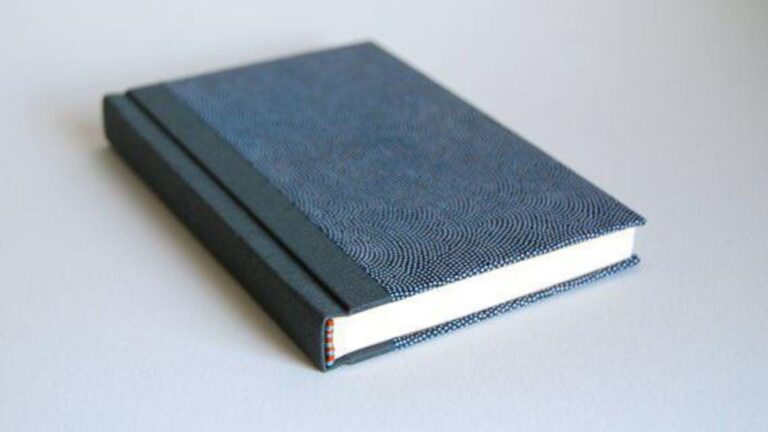
In today’s rapidly evolving publishing industry, presentation and user experience matter as much as content. While traditional binding methods—such as saddle stitching, perfect binding, and spiral binding—remain widely used, modern publishers are embracing innovative binding styles that enhance design, function, and sustainability. These cutting-edge methods offer new ways to engage readers, showcase creativity, and redefine what a bound document or book can be. This article explores the most exciting and emerging binding styles that are reshaping the future of books, catalogs, reports, and more.

Lay-Flat Binding (Otabind & Swiss Binding)
Lay-flat binding is designed to allow books to open completely flat without breaking the spine—a common flaw in traditional perfect binding.
Otabind
Otabind uses a flexible glue that binds the pages to the cover via a free-floating spine.
Swiss Binding
Swiss binding attaches the book block to the back cover only, leaving the spine exposed or partially covered.
Benefits:
-
Enhances readability and durability
-
Ideal for cookbooks, photobooks, and manuals
-
Creates a unique aesthetic appeal
Exposed Spine Binding
This artistic binding style showcases the sewn spine of a book without covering it. It reveals the stitching, making it a feature rather than something to hide.
Variants:
-
Coptic Stitch
-
Japanese Stab Binding
-
French Link Stitch
Benefits:
-
Appeals to designers and creatives
-
Offers full lay-flat capability
-
Allows for custom stitching patterns and colored threads
Exposed spine books are popular in boutique publishing, art books, and limited editions.
Singer-Sewn Binding
Named after the sewing machine often used to create it, Singer-sewn binding involves stitching directly through the folded spine of a booklet or pamphlet.
Benefits:
-
Visually unique
-
More durable than stapled books
-
Great for short runs and custom designs
This method is favored in indie publishing, poetry chapbooks, and handmade journals.
Post Binding (Screw or Chicago Screw Binding)
Post binding uses metal screws to hold pages together through drilled holes. It allows easy disassembly and replacement of pages.
Benefits:
-
Reusable and customizable
-
Excellent for portfolios, menus, and sample books
-
Gives a minimalist, industrial aesthetic
Publishers and designers often use this for short-run, high-impact pieces or presentation materials.
Accordion Fold Binding
This non-traditional style features pages folded in a continuous zigzag (accordion-style), with or without covers.
Benefits:
-
Ideal for visual storytelling, such as photo essays or art exhibitions
-
Allows creative layout and panoramic spreads
-
Compact and interactive
It’s often used in museum publications, children’s books, and art catalogues.
Magnetic or Snap Binding
These innovative, reusable bindings use magnets or snap buttons to secure pages without permanent attachment.
Benefits:
-
Reusable for dynamic content
-
Often paired with modular systems for design portfolios or corporate kits
-
Environmentally friendly due to zero glue or staples
While niche, this style is gaining attention in design studios and tech-forward publishers.
Hybrid Bindings
Modern publishers are also combining elements from multiple traditional methods to create custom, hybrid styles.
Examples:
-
Wire-O + Hard Cover for a premium, lay-flat book feel
-
Perfect Bound Spine + Fold-Out Pages for creative reports
-
Stitched + Glued combinations for added strength and design flair
Hybrid bindings allow brand customization, improved function, and memorable user experiences.
Conclusion
Innovative binding styles are pushing the boundaries of what books and printed materials can be. From lay-flat designs that improve usability to exposed spines that turn functionality into art, modern publishers are blending design, technology, and sustainability in exciting ways. As publishing becomes more personalized and experience-driven, these binding techniques offer a powerful tool to stand out, tell stories more effectively, and elevate the physical book in a digital world.






